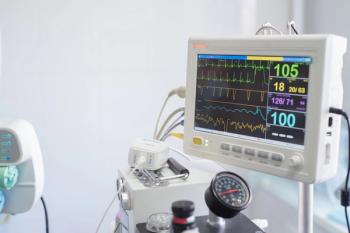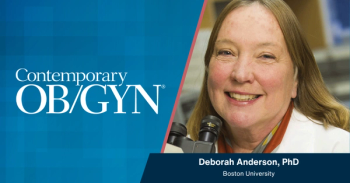
Sign Out: Are you ready for the fallout from the NIH consensus on patient choice C/S?
"Is this really fetal distress?""Is the presenting part really engaged?""Am I risking a shoulder dystocia if I allow this woman to deliver vaginally?"
How risky is C/S?
The implication of this conference was that performing an elective C/S might be less dangerous, more efficient, and less expensive in some patients than allowing patients to labor. The report also suggests that we should be able to forecast the number of children a woman will have before we do her first C/S. We would then avoid the real risks of placenta accreta. But can we really be sure that we'll only perform elective C/S on women who know that they want "small" families? Let's not forget that 50% of pregnancies are unplanned and 50% of marriages end in divorce. Will we then be held liable if a woman changes her mind and has subsequent complications?
It seems to me that the NIH report has put obstetricians in a difficult position. We need to use all of our knowledge and skills to help patients who don't want elective C/S make the right choices based on evidence, but we are also being asked to give up all of our decision-making responsibility when a woman says that she wants an unindicated C/S. One decision-making process is evidence-based, and the other is based purely on patient autonomy.
"Do I section a woman now or watch the questionable fetal heart rate tracing?" "Should I do the C/S now or turn up the oxytocin?""Should I let the patient push and see if the head comes down, or do a C/S now?"
Newsletter
Get the latest clinical updates, case studies, and expert commentary in obstetric and gynecologic care. Sign up now to stay informed.
















